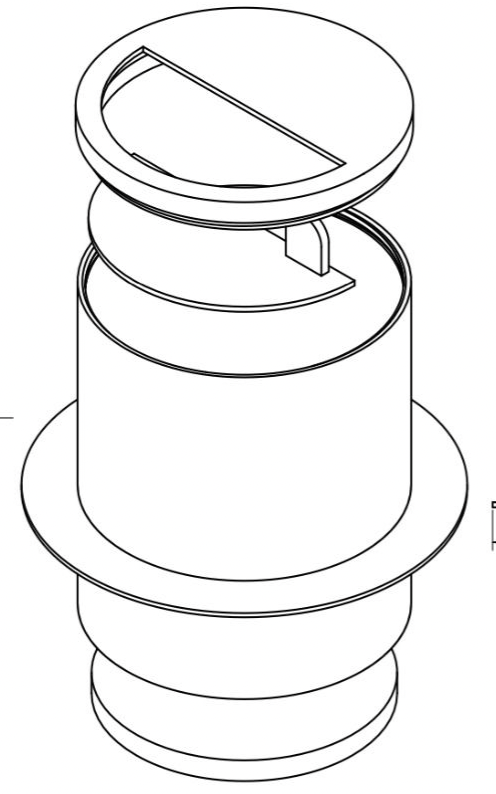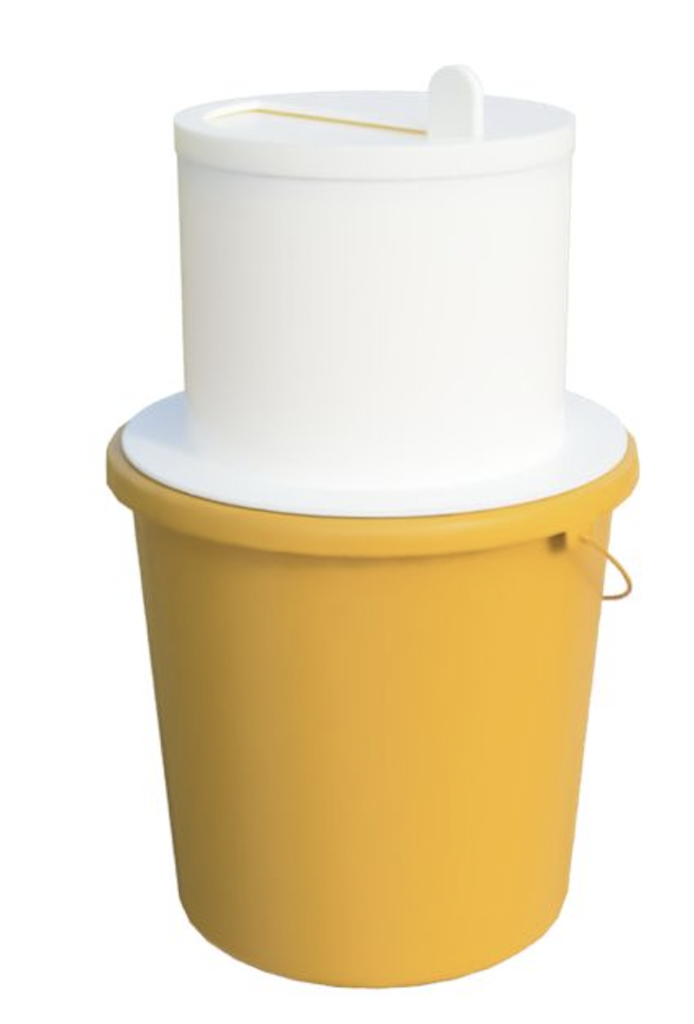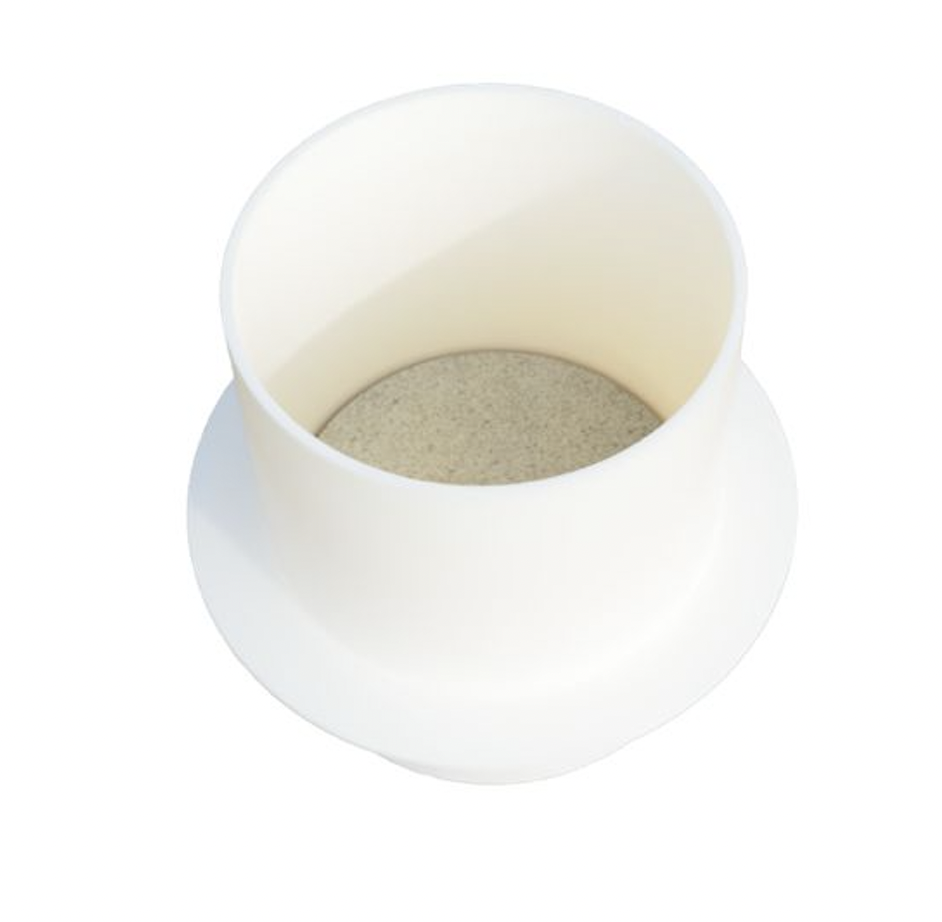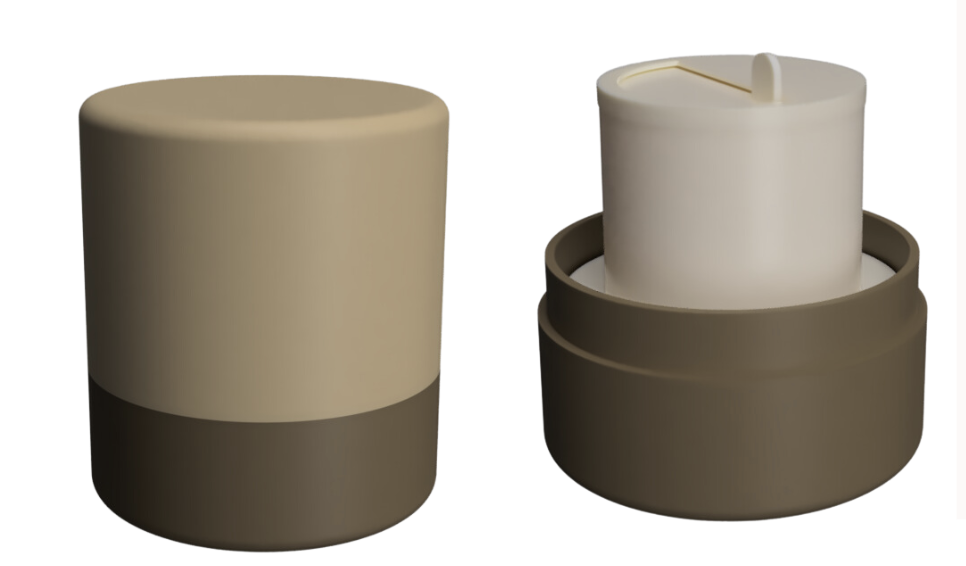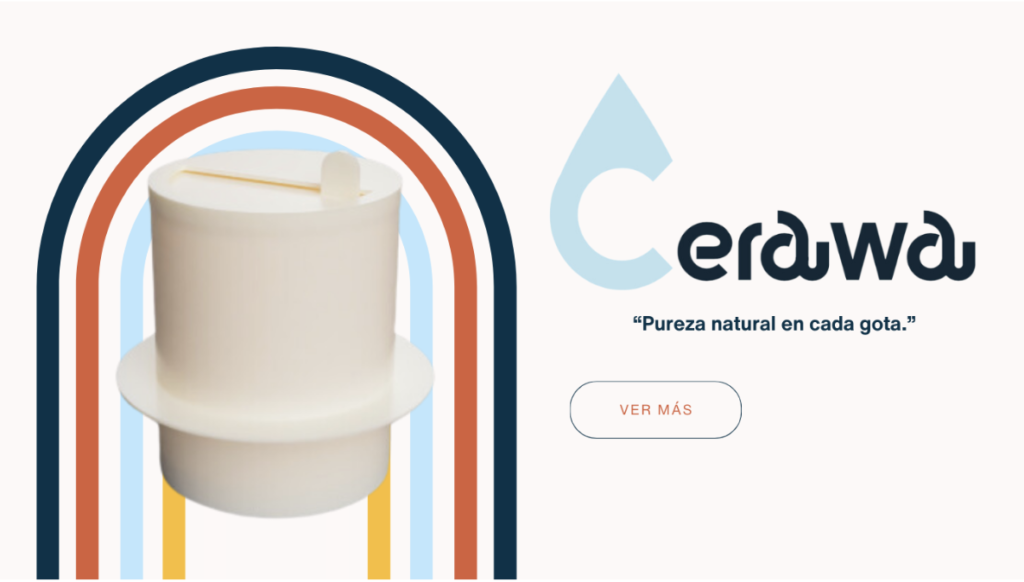Estudiantes: Emma Villaverde, Tanya Lozano, Maria Fernanda Novelo
Docentes: Griselda Oyervides, Mayra Rendón, Devin Sloan
Materia: Design and Innovation
Plan de estudios: TEC21
The challenge that we were presented at the beginning of the semester was that inside the community of Campana-Altamira people don’t have access to water, and during our investigation process we did a case study in which we found out that the people have a distrust from the water that they drink, and they also don’t have access to water daily, that’s why we’ve come with the project Cerawa, The process to get to this solution was complex, first we understood the problem we wanted to solve then with help of various tools we selected a user and then we interviewed set users to make a case study.
This is how Cerawa was created, it is a water filter that has three main areas, the first one which is to store the water, the middle one which is to store the filter and filter the water and the third one which is so it can hold itself in the buckets that the people in campana-altamira already have, the added value that our filter has is that it not only uses natural materials such as ceramic, it also uses the materials that this people already have, allowing them to avoid buying new buckets or wasting more space, our product also helps the user trust more the water, for drinking or for cooking.
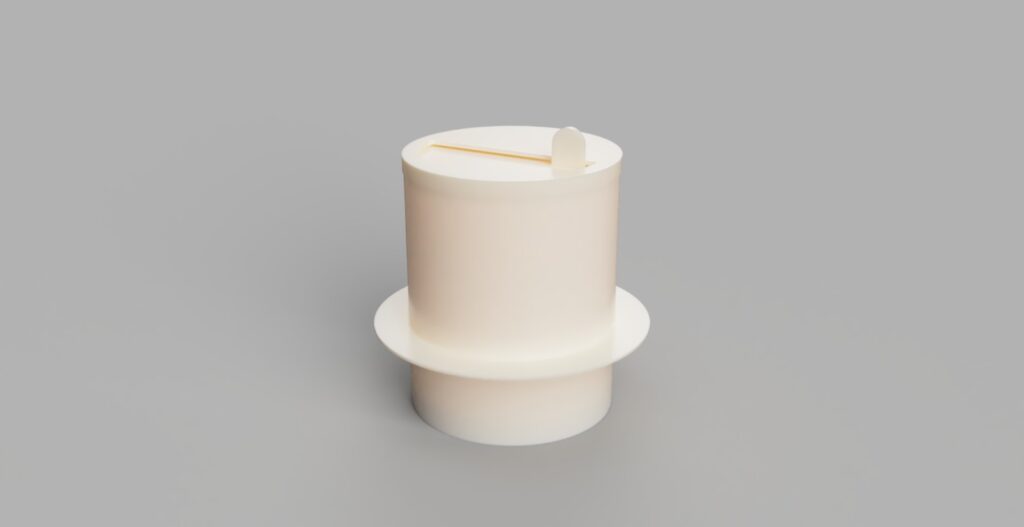
Our product seeks to help with the water scarcity issue by allowing the people of Campana-Altamira to have clean water. We created a filter that can be added to the buckets where they keep their water as an add-on filter. This filter can be used to store the water while it filters into the bucket.

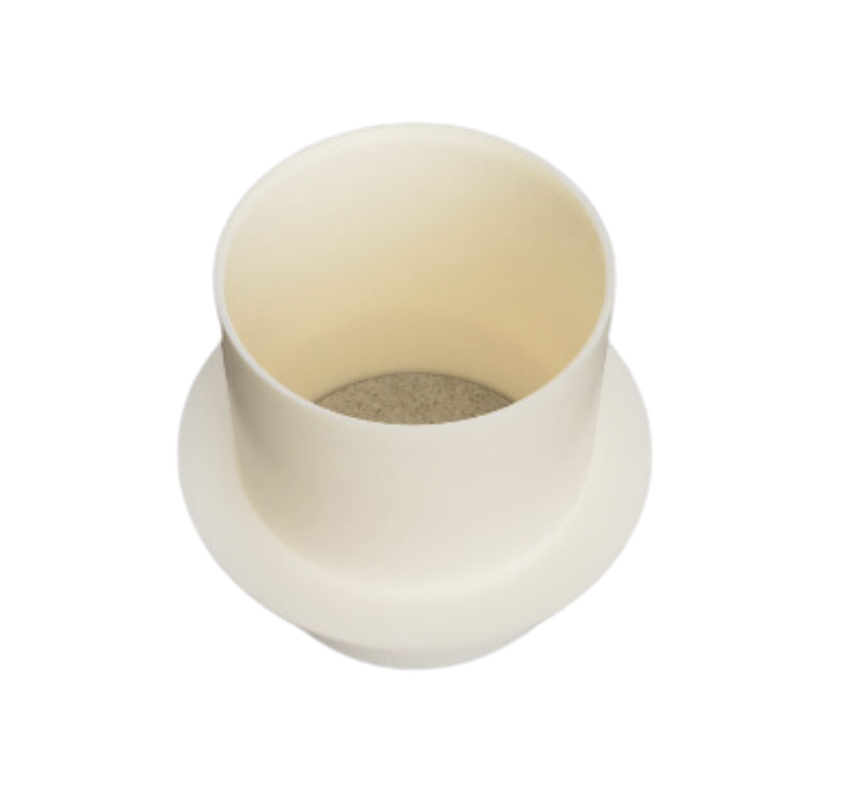
We would need to create a base mold for our filter, which the price could range from the cheapest 3D printed mold for about $100 dollars, to a more expensive metal mold that can go up to $100,000 dollars. When it comes to the material that will be injected to the mold, we decided on using polypropylene (PP), as it is water resistant and usually used for water tanks, thanks to its ability to safely hold water. It is also cheap, usually costing a few cents to produce a single item.
